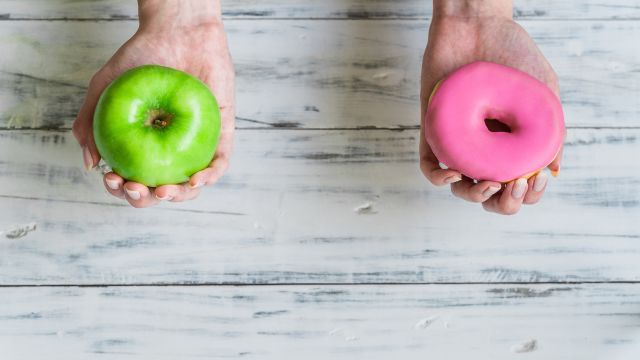Updated on March 25, 2024.
Which do you think will raise your blood sugar more gently: Eating a whole orange or downing a glass of orange juice? The answer comes down to the quality of the carbohydrates (carbs) in each.
High-quality carbs contain more fiber, which helps slow your digestion and, in turn, keeps your blood sugar from spiking. Low-quality carbs have usually been processed or refined in some way, which may strip away most of that healthy fiber.
This means that, in this example the whole orange is the high-quality carb.
What are low-quality carbs?
Low-quality carbs are often found in refined foods, such as white bread, white rice, and white pasta. They are also found in foods that have added sugar, which constitute up to 75 percent of packaged foods in the U.S., according to a study published in 2012.
In many cases, those choices also contain a lot of fat and not much nutritional value. Even if you didn’t have diabetes, they would not be healthy options.
What are high-quality carbs?
To identify a high-quality carbohydrate food, check the nutrition facts statement on the label for the amount of fiber the food contains. Multiply the number of grams of fiber per serving by 10.
Is that number greater than the grams of total carbs per serving? If so, it's a high-quality carb.
Let’s use the orange/orange juice comparison as an example:
Consider the orange:
- An orange has 3 grams of fiber and 17 grams of total carbohydrates.
- 3 grams of fiber x 10 = 30, which is far greater than 17.
- Result: The whole fruit counts as a high-quality carb.
Now let’s look at the orange juice:
- An 8-ounce glass of orange juice has 0.7 grams of fiber and 29 grams of total carbohydrates.
- 0.7 grams of fiber x 10 = 7, which is much less than 29.
- Result: The glass of OJ is a low-quality carb.
What is glycemic index?
The glycemic index (GI) offers another way to measure the quality of carbohydrates in a food. The GI assigns foods a number from 0 to 100 to reflect how quickly it boosts your blood sugar when consumed. The higher the number, the more dramatic the effect. A score of 100 represents pure glucose.
Going back to the example above, the GI of an orange is 43, while the GI of orange juice is 50.
It’s important to note that the index works only in comparison to other foods. To predict how drastically a serving of a certain type of food will affect your blood sugar, you need to consider the glycemic load (GL). That number looks at both the quality and the quantity of the carbs.
To return to the orange example, the GL of an orange is 4, while the GL of a glass of orange juice is 12.
It’s good information to be aware of, but the problem is that neither of these numbers will be readily available when you’re food shopping.
How to avoid low-quality carbs
Choosing whole foods can help you avoid low-quality carbohydrates. A whole orange may have sugar, but it also has some fiber and other nutrients that your body needs. Regular oatmeal—made from old-fashioned rolled oats—will affect your blood sugar less than a packet of instant oatmeal, which has been processed to make it cook quickly.
This doesn’t mean you can’t eat foods that contain low-quality carbs. If you pair them with high-quality carbs and plan your meals carefully, you should be able to enjoy them occasionally.
When you shop for packaged foods, look for “unsweetened” on the label, which means no sweeteners—whether sugars, fruit-based, or artificial—have been added.
What about sugar alcohols?
You may also want to be aware of sugar alcohols, a type of sweetener that often appears in foods otherwise labeled “sugar-free,” “no-sugar added,” or “reduced-calorie.” Sugar alcohols provide fewer calories than regular sugar, but they’re not entirely calorie-free. (Despite their name, they contain no alcohol.)
You can identify whether a packaged food contains sugar alcohols by looking for ingredients ending in “-ol” on the label. Common examples include maltitol, mannitol, sorbitol, xylitol, and erythritol.
Since sugar alcohols are technically carbohydrates—although chemically-adjusted and derived from plant foods—they can potentially raise blood sugar levels, particularly if eaten in excess. Just as you would with foods made with added sugars, it’s important to consider the overall carb content of foods that contain sugar substitutes.
Sugar alcohols may also cause gastrointestinal distress—such as cramps, bloating and gas—for some people.






